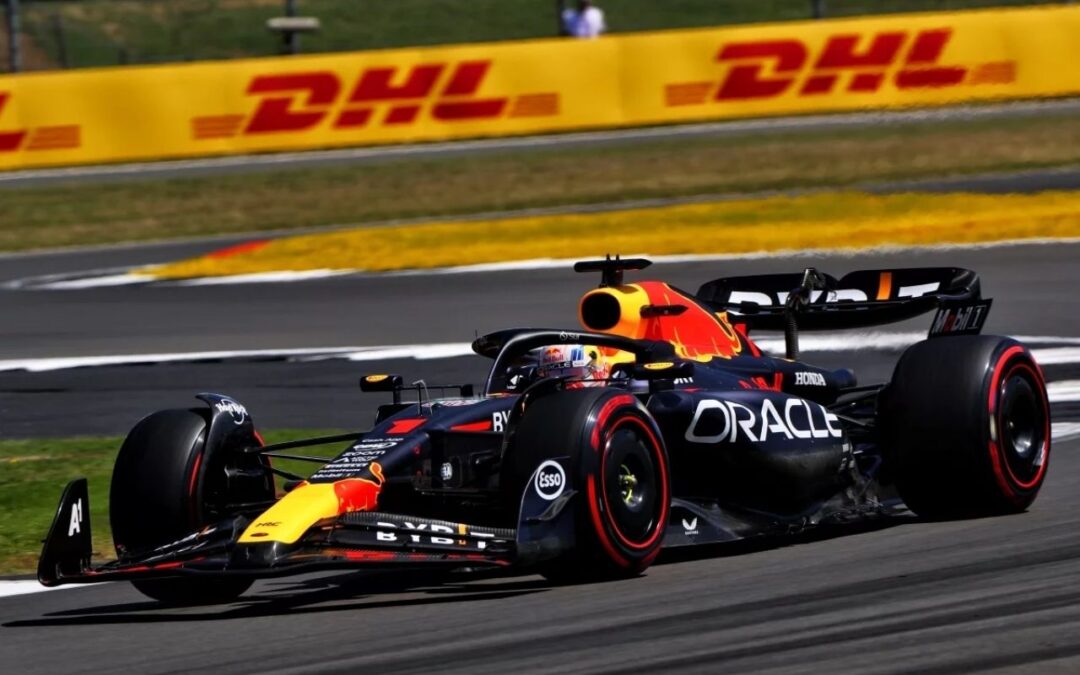After years of success together in Formula 1, Honda and Red Bull will part ways at the end of the 2025 season. The decision has raised many questions among fans about why this split is happening and what the future holds for both companies. This article explains the main reasons behind the separation, the new F1 engine rules from 2026, and what’s next for Honda.
A Winning Partnership Coming to an End
Honda and Red Bull began working together in 2018. Honda initially provided engines to Red Bull’s sister team, Toro Rosso (now known as AlphaTauri), before beginning their partnership with the main Red Bull Racing team in 2019. Their partnership led to multiple world championships, including:
- Four drivers’ titles (with Max Verstappen)
- Two constructors’ championships
While the partnership has achieved great success, it is set to conclude at the end of the 2025 Formula 1 season.
Why Is Honda Leaving Red Bull?
1. Honda Had Officially Left F1 Before
- Honda announced its exit from Formula 1 after the 2021 season to focus on carbon-neutral technologies and electric vehicles.
- However, Red Bull continued to use Honda’s engine technology through a support deal that runs until 2025.
- During this period, Red Bull created its own engine company, called Red Bull Powertrains.
2. Red Bull Wants Full Control
- Red Bull no longer wants to rely on an external company for engines.
- They have built a full in-house engine division and want to create their own power units starting in 2026, in partnership with Ford.
- This allows Red Bull to have complete control over engine development and future plans.
3. Future Development Plans Didn’t Align
- Both companies tried to find a way to work together under the new 2026 engine rules.
- Red Bull wanted to develop combustion engines, while Honda would focus on the electric parts.
- But since both teams are based in different countries (Red Bull in the UK, Honda in Japan), working together became too complicated and “impossible” to manage.
What’s Changing in 2026? (New F1 Engine Rules)
- Formula 1 will introduce new engine regulations starting in 2026 to make the sport more sustainable and eco-friendly.
Key Changes:
- Same 1.6-litre turbo hybrid engines, but with major updates.
- No MGU-H (the part that recovers heat energy from the turbo).
- A much more powerful MGU-K (electric power unit), increasing from about 160 hp to 470 hp.
- More power from electricity, the engine will be about 50% electric and 50% fuel-powered.
- 100% sustainable fuels must be used.
These rules are meant to reduce the sport’s carbon emissions and push new technology, especially in electric and hybrid systems.
What’s Next for Honda? Honda + Aston Martin:
- Honda is not leaving Formula 1 completely. Instead, Honda will begin a new works partnership with Aston Martin starting in 2026.
- Honda will provide fully factory-supported engines to the Aston Martin F1 team.
- The partnership fits Honda’s long-term goal to develop cleaner technologies and be carbon-neutral by 2030.
- Aston Martin is also building a brand-new factory and growing as a team, so this is a big step for both companies.
What’s Next for Red Bull?
- They will use Red Bull Ford Powertrains, engines built in partnership with Ford starting in 2026.
- Ford will contribute its expertise in battery systems and electric motor technology.
- This gives Red Bull full control of both their car and engine, similar to how Mercedes and Ferrari operate.
Conclusion
The Honda Red Bull split is not because of problems, but because both companies are heading in different directions. Red Bull wants independence and full engine control, while Honda wants to return as a full works supplier with a new partner, Aston Martin.
With big rule changes in 2026, the world of Formula 1 is entering a new era of cleaner, more balanced hybrid power. Red Bull and Honda are both gearing up for the future, but with separate teams. One thing is certain: The 2026 season will bring new rivalries, new technology, and a fresh chapter in F1 history.
Written by Kinjal Walantra
Disclaimer

The views and investment tips expressed by investment experts/broking houses/rating agencies on tradebrains.in are their own, and not that of the website or its management. Investing in equities poses a risk of financial losses. Investors must therefore exercise due caution while investing or trading in stocks. Trade Brains Technologies Private Limited or the author are not liable for any losses caused as a result of the decision based on this article. Please consult your investment advisor before investing.






